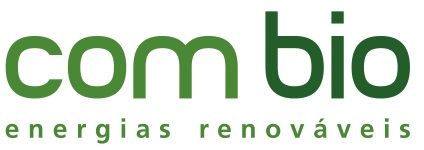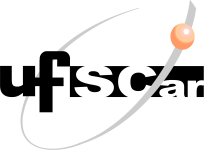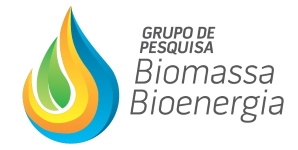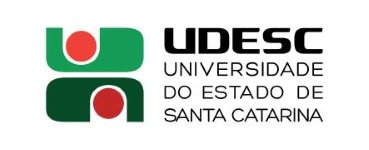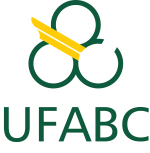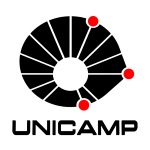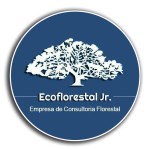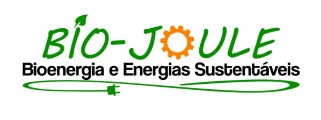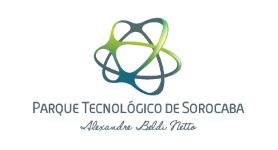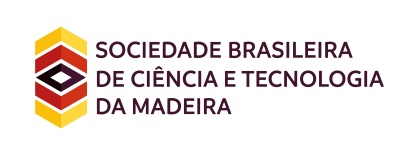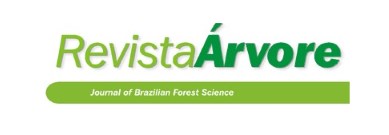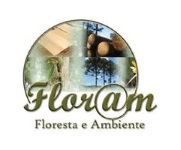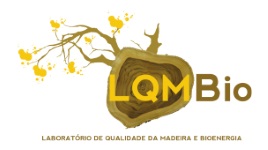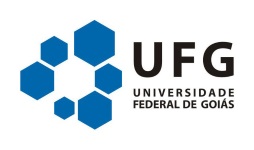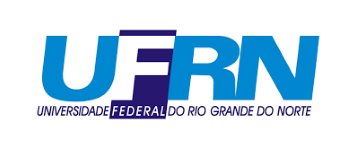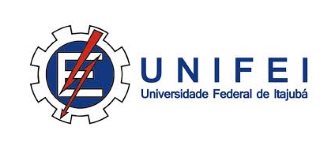ENZYMATIC HYDROLYSIS OF THE BY-PRODUCT GENERATED IN THE CARRAGEENAN PROCESSING FROM KAPPAPHYCUS ALVAREZII, FOLLOWED BY ACID HYDROLYSIS
01 - Algae
 1 FERNANDO ROBERTO PAZ CEDENO, 1 EDDYN GABRIEL SOLÓRZANO-CHÁVEZ , 1 SAMUEL CONCEIÇÃO DE OLIVEIRA, 1 RUBENS MONTI, 1 FERNANDO MASARIN
1 FERNANDO ROBERTO PAZ CEDENO, 1 EDDYN GABRIEL SOLÓRZANO-CHÁVEZ , 1 SAMUEL CONCEIÇÃO DE OLIVEIRA, 1 RUBENS MONTI, 1 FERNANDO MASARIN
1 UNESP
Carrageenan is an important hydrophilic colloid that accumulates in numerous species of red macroalgae. In the processing of Kappaphycus alvarezii to obtain carrageenan, is generated a by-product composed mainly of glucans and galactans. The main objective of this study was to evaluate the enzymatic hydrolysis followed by an acid hydrolysis (mild conditions) of this by-product, to produce monomeric sugars. The by-product was subjected to enzymatic hydrolysis at 45°C and 120 rpm, using an enzymatic load of 10 FPU.g-1 of three commercial enzymatic extracts: Cellic CTec 2 (Novozymes), Celluclast (Novozymes) and Cellulase (Sigma). All the experiments were performed at 2% (w/v) consistency. After 72 hours of hydrolysis, a total conversion of glucan to glucose was achieved using the three extracts under study. However, the Cellic CTec II extract showed a higher rate of hydrolysis. It was conducted an enzymatic hydrolysis using the commercial enzymatic extract Cellic CTec 2 with an enzymatic load of 100 FPU.g-1. This experiment showed conversion percentages of glucan and galactan of approximately 100% and 30%, respectively, after 72 hours of hydrolysis. Besides, it was possible to observe an almost complete hydrolysis of glucan (92.7%) in the first 4 hours. An acid hydrolysis in mild conditions was performed aiming to increase the hydrolysis of glucan and galactans but avoiding the formation of hydroxymethylfurfural. For the acid hydrolysis was used the enzymatic hydrolyzate obtained using the extract Cellic CTec 2 (enzymatic load: 100 FPU.g-1) after 4 hours of hydrolysis. It was performed at mild conditions (H2SO4 0.5% w/v, 80°C, 90 minutes, 120 rpm). After the acid treatment, was observed an increase of the glucose and galactose concentration from 12.8 to 14.6 g.L-1 and from 0.2 to 1.4 g.L-1, respectively. Additionally, the concentration of hydroxymethylfurfural reached 0.006 g.L-1. It can be concluded that enzymatic hydrolysis followed by acid hydrolysis could be a good strategy for production of monomeric sugars from the by-product of carrageenan production. It was demonstrated that the acid treatment at mild conditions increase the concentration of monomeric sugars and do not produce a significantly amount of hydroxymethylfurfural.
Keywords: enzymatic hydrolysis, acid hydrolysis, kappaphycus alvarezii, by-product
Acknowledgments: This work acknowledges the CAPES, the Industrial Enzyme Laboratory and the Department of Bioprocess and Biotechnology at UNESP, Araraquara.
